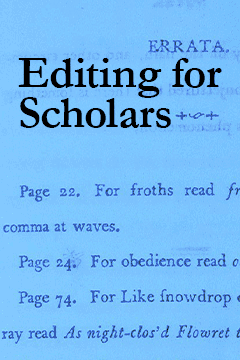The Day After: A Liberal Movement, If We Can Keep It
The Day After: A Liberal Movement, If We Can Keep It
Day After: M. Kazin – Obama’s Movement
AMONG MY memories of this remarkable campaign, what stands out most is the day I spent canvassing for Barack Obama with two teenaged African-American sisters from South Indianapolis. I met them in early May just before the Indiana primary in the sprawling townships of Decatur and Perry, named for once-famous admirals in the War of 1812.
The young women and their mother were the only black residents I saw anywhere in the area. The townships were a bastion of Hillary Clinton voters and of Christian conservatives. In one week there, I spent more time debating about abortion than I have in my entire life.
Racism occasionally belched to the surface. One man taking care of his grandchildren was already suspicious when he opened the door. But when I told him which candidate I was touting, he lurched back as if I were recruiting for the Taliban. “Ohhh, no! We don’t want any of those, “ he shouted.
I got a far better reception when I campaigned with the two sisters. Pardon the cliché, but “fearless” is the first word that comes to mind when I think of their approach to canvassing. Neither woman had ever worked in a political campaign before. But they strode up to every door on our route with greater confidence than I could ever muster: “Want to talk about health care policy? No problem.” “You really think that war in Iraq is a good idea?” “What a darling little girl you have there, m’am. What’s her name?”
This was not the poise of gifted young black people on their way to a university. “We’re on track,” the sisters responded simply when I inquired when, not if, they were graduating from high school. On hearing I was a college professor, they asked questions about campus life in Washington, DC with the same sense of awe I would bring to an interview with a NASA scientist who designed the Mars lander.
But neither woman had any illusions about the racial hazards their candidate was facing. That same day, Obama had finally denounced Jeremiah Wright, and the sisters were ecstatic. “Tell him, Barack, tell him!” they cheered as they heard a broadcast of their hero’s statement on my car radio.
Tens of thousands, perhaps even millions of people underwent a similar political baptism in the Obama campaign. Their fervent participation made the candidate seem as much the leader of a movement as a clever, well-funded contender for the White House. During the primaries, Hillary Clinton backers – including some editors of Dissent – belittled this movement, suggesting it was mainly a personality cult that could accomplish nothing without a steady, experienced president capable of bending Congress to her will.
But these critics misunderstood what Obama activists were building. It was something quite rare in U.S. history—a liberal insurgency, one inspired by the traditional ideals of the left but able and eager to work within the exigencies of conventional party politics.
As with any mass movement, it did not emerge from a historical vacuum. Besides the obvious precursor of the black freedom movement, the Obama campaign benefitted from a decade of work by grassroots liberals, most with professional backgrounds, who were determined to pose an alternative to the conservative juggernaut. The new liberal movement began with a spasm of outrage against the impeachment of Bill Clinton and gathered force after the infuriating conclusion of the 2000 election. By 2008, the twin debacles of the Iraq war and the failure to save New Orleans guaranteed that millions of Americans would be desperate to break the right’s grip over the nation’s affairs.
Obama understood this and infused his campaign with a rhetoric ripe with this longing and an organization that converted anger into activism.
A new progressive coalition drawn largely from members of the educated classes (mostly white) and from black and Latino wage-earners has been forming since the 1990s, as John Judis and Ruy Teixeira observed in their essential book, The Emerging Democratic Majority (published in 2002). That coalition came of age in this campaign. My own spate of canvassing with the two sisters from South Indianapolis represented a much larger phenomenon.
There is, of course, a danger that, having achieved their immediate goal, these activists will now take a break from politics, cheering or finding fault with the new president and his congressional majority but doing so from the sidelines. I think this is unlikely.
Organizers who have just helped win an inspiring, improbable victory do not generally
tire of their cause. And Obama, who knew the power of mobilizing a movement to elect him, would be foolish to neglect its value once he takes office–when he will need to mobilize public support for policies that break sharply with the conservative orthodoxy that has reigned since Ronald Reagan’s election in 1980. This may not be the dawn of the new era of reform that we have been awaiting since the fall of Richard Nixon. But with the aid of a movement strong enough to propel an erstwhile community organizer into the White House, such an outcome is finally possible.
Michael Kazin is a professor of history at Georgetown University and a member of the Dissent editorial board. His most recent books are the anthology, In Search of Progressive America (2008) and A Godly Hero: The Life of William Jennings Bryan.




